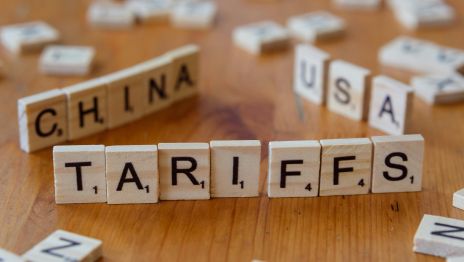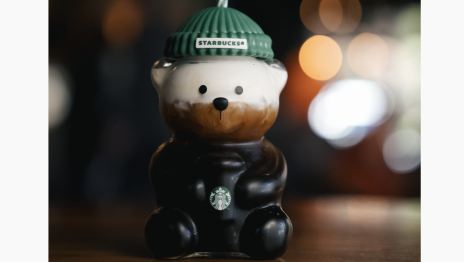Long-standing 40-watt, and 60-watt non energy efficient incandescent light bulbs can no longer be shipped or made come Wednesday The Akron-Beacon Journal reported.
Consumers will be able to choose from LED light bulbs or light-emitting diode bulbs, compact fluorescent's, and halogen bulbs.
President Bush instituted the law under the Energy Independence and Security Act of 2007 as a way to create more environmentally friendly light bulbs, and lessen the quantities of energy used The Times reported. Consumers can still buy a business's remaining supply The Seattle Times reported. The law disallowed 100-watt bulbs in 2012, and 75-watt bulbs last year.
"We haven't seen any problems with respect to compliance," Kyle Pitsor, vice president for government relations at the National Electrical Manufacturers Association told CNN Money. The company has 95 percent of light bulb makers in the United States.
The law does not include bulbs, with 150-watts, and ones put in chandeliers such as pear-shaped bulbs.
"You're used to buying that 60-watt bulb and knowing what it looks like and everything else," Cordell Blackmon, manager at Batteries + Bulbs in Ohio told The Times.
LED bulbs are known not to overheat, and become too hot according to information on How Stuff Works.
The bulbs are used in digital clocks, to communicate messages between remote controls, ignite watches, lighten pictures on big TV screens, and give light to traffic signals How Stuff Works reported.
According to Home Depot, compact fluorescent light bulbs take up 75 percent in reduced electricity and provides 10 times more light compared to a regular incandescent light bulb. The bulb also conserves money when air conditioning is necessary.
The Halogen light bulb can become warmer than other bulbs because its quartz envelope is near its tungsten filament or microfiber according to information on How Stuff Works.com.















